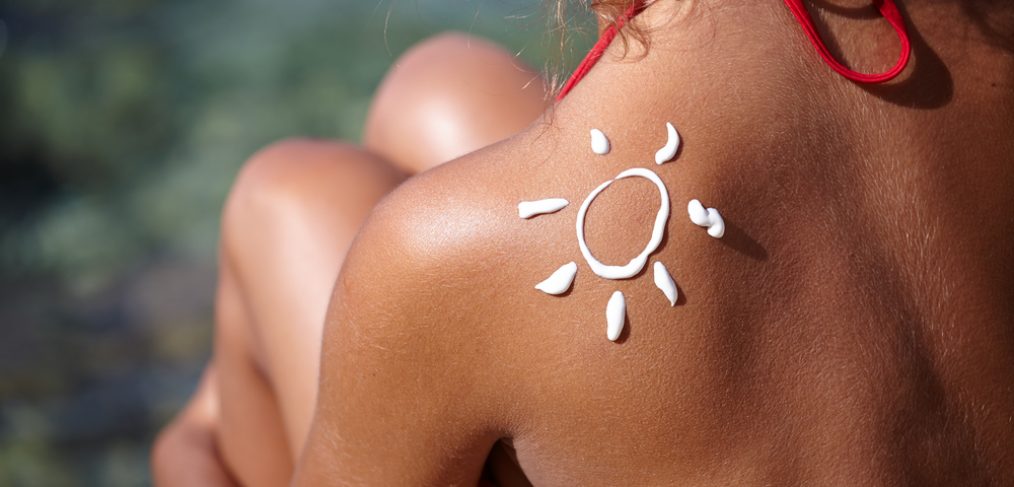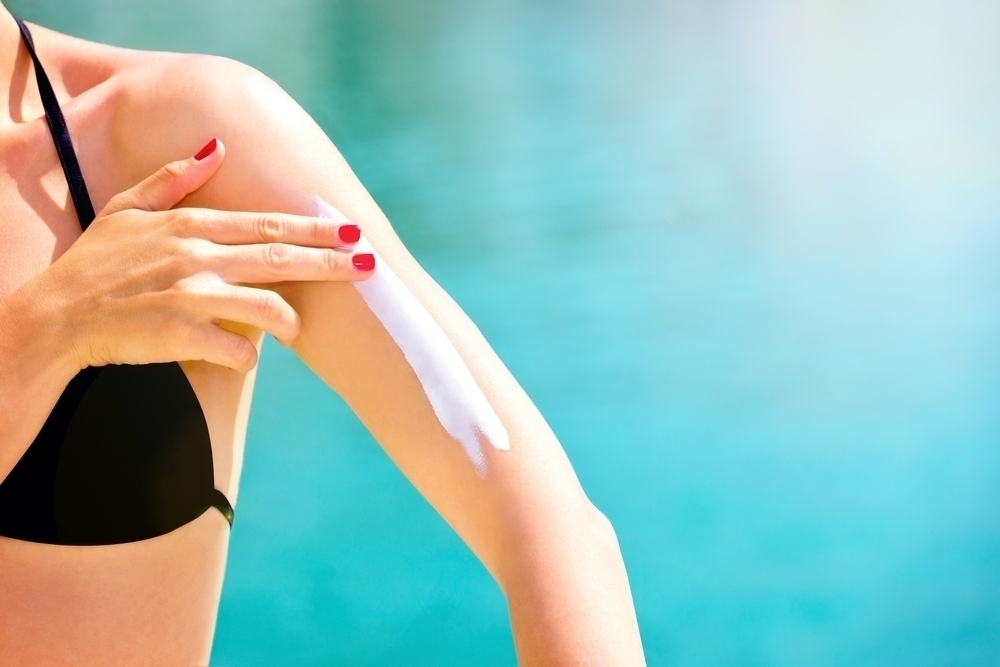
Are You Wearing the Right Sun Protection?
You know you need to protect yourself from the sun and harmful UV rays. You know to apply sunscreen before you head outside and even to reapply often or after being in water. But is the sun protection you are using right for you? Check out Resveralife’s guide below on how to be sure you are wearing the most effective sun protection possible.

Kids
You need to keep the entire family protected, especially your little ones. Children have more reactive, sensitive skin than adults, so the type of sun protection you choose for them should be suitable for sensitive skin types. Kids tend to tolerate physical sunscreens better than they do chemical sunscreens as chemical sunscreens contain active ingredients like PABA and oxybenzone which have been associated with irritation.

Acne Prone Skin
Acne is a common problem and many people believe that sunscreens tend to increase blemishes and breakouts. The first thing to check in your sun protection, like any other skin care product for acne prone skin, is that it is free from unnecessary preservatives and fragrances. Some sunscreens are available in gel formulas that may suit acne or oily prone skin better than a traditional liquid. Just as with children, the most frequently cited aggravating active ingredients in sun care products are PABAs and oxybenzone. Physical sunscreens tend to work well for people who suffer from acne. If you are opposed to the thick white cast these can leave, look for a chemical sunscreen with salicylates or ecamsule. Note that if you are on a prescription medication for acne, it is best to consult with your doctor because some of these medications increase sensitivity to the sun.

Dry Skin
If you have dry skin, look for a sunscreen that contains moisturizer or a moisturizer that contains sunscreen. Many cosmetic and skin care companies now make day creams with an SPF in them already. Sunscreens that contain moisturizing ingredients such as lanolin, oils and dimethicones (silicone) tend to be appropriate for dry skin. Formulations of sunscreens with added moisture are often marketed as creams, lotions or even ointments.
If you are already using a sunscreen that is perfect for your skin type and your needs, that is awesome. However, dermatologists and skin care experts warn that even if you have the perfect sunscreen, not wearing enough renders the protection virtually useless. As a general rule you should be applying an ounce of sunscreen every single time you plan on getting sun exposure. If you are just covering your face, use about the size of a silver dollar to ensure proper coverage. Sunscreen has a shelf life of one to two years, so if you have a bottle from last year it is probably safe to use. Remember that the most effective sunscreen is the one that you apply every day and that you use the proper amount of. If using a chemical sunscreen, apply the product 20 minutes before sun exposure to allow time for it to absorb. Once out in the sun, reapply your sunscreen (with a full ounce of product) every two hours or more often if you have been swimming.



